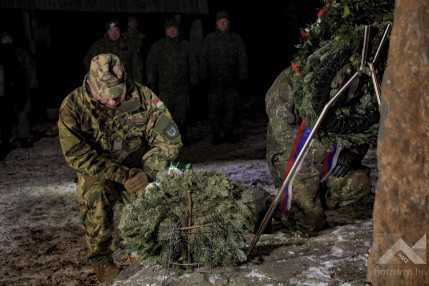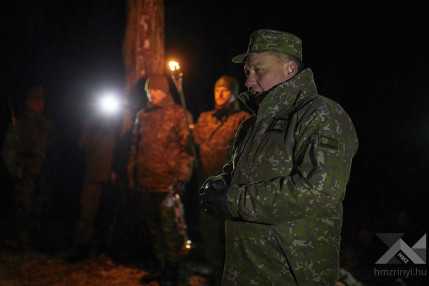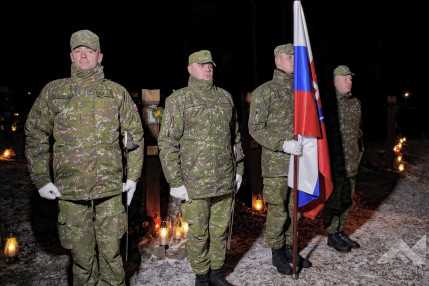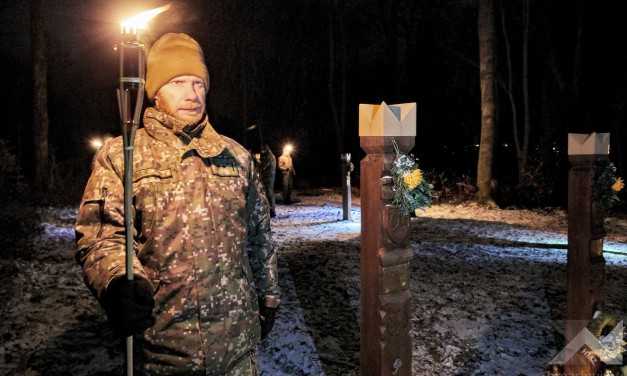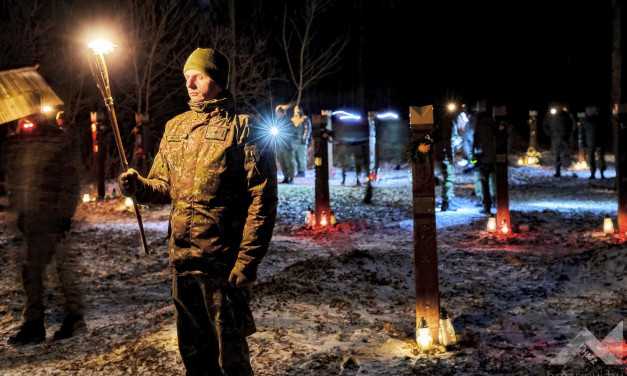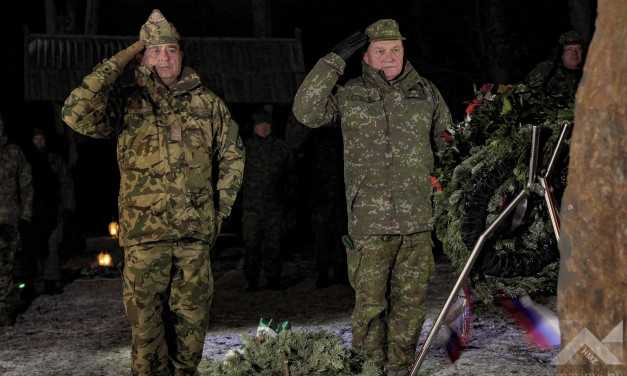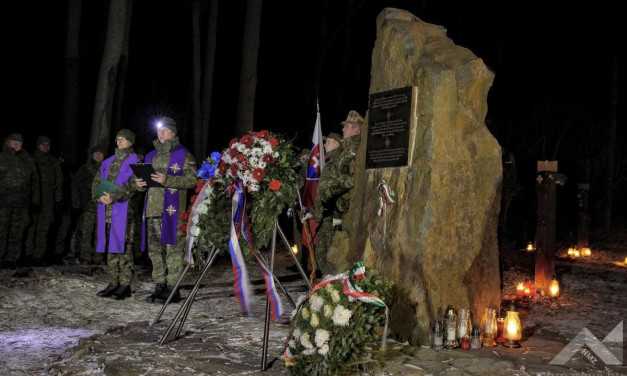Bowing Head at the Borsó Hill
Text: Márton Mészáros Navarrai | Photo: Zoltán Tischler | 14:38 January 22, 2024“It is hard to cope with the tragedy of the Slovak Air Force Antonov An-24 aircraft even 18 years later” – said General Dr. Gábor Böröndi, Chief of HDF General Staff commemorating the victims of the 2006 aircraft crash of Hejce in the evening on Friday, 19 January at Borsó Hill near the village of Hejce, Borsod-Abaúj-Zemplén County.

There are settlements that we remember only because of a tragedy that happened there or near them. Although the dead-end village of Hejce, which is made up of only one street and is hidden in a valley at the western part of the foot of the Zemplén Mountains takes pride in its history of a thousand years, it could not witness many significant events in the early modern and modern periods since the building of the castle of Earl Károly Eszterházy, Bishop of Eger in the 18th century.
“Based on the first pieces of information, more than forty people were on the Slovakian military aircraft that crashed in an uninhabited area near Hejce in Borsod-Abaúj-Zemplén County” – wrote the MTI (Hungarian Telegraphic Office) in its statement published on a cold Thursday, 19 January 2006. The aircraft crash shocked the country; according to the first news, the ambulance and the police could not even reach the venue at first due to bad road conditions, but later it became clear that an Antonov An-24 military transport aircraft – on its way from Pristina, the capital of Kosovo to Košice, Eastern Slovakia – with Slovak insignia suffered a tragic accident at Borsó Hill. The aircraft lost the radar signal after 7.30 p.m., then the air search and rescue service of the Hungarian Air Force received an alarm, while the search and rescue team of the Slovak Armed Forces was permitted to enter Hungary’s airspace, therefore, the Slovakian forces explored the crashed aircraft.

In the most serious disaster of the Slovak Aire Force, 42 soldiers lost their lives, and the then 27-year-old Lieutenant Martin Farkaŝ was the sole survivor of the tragic accident. The Hungarian and the Slovak Ministries of Defence erected a 2.5m tall block of granite at the venue of the accident six months after the tragedy, on 20 July 2007, a memorial park was also established beside the obelisk and in the heart of the village of Hejce, a memorial for the Slovakian aircraft crash was erected at the same time.
General Dr. Gábor Böröndi, Chief of HDF General Staff and his Slovakian counterpart, General Daniel Zmeko bowed their heads together at the memorial created by László Szabó, sculptor and besides paying tribute, they laid wreaths on the 18th anniversary of the accident. The ceremony was followed by a bilingual – Slovak and Hungarian – church service in the village's church named after King Stephan. In what follows, the military leaders, as well as the Hungarian and Slovakian soldiers got to the foot of the 400m high Borsó Hill, located in the Zemplén Mountains, by off-road vehicles. Then they continued their way to the venue of the tragedy on foot following the 2.2km long path in the forest.

Although a Hungarian and Slovakian commemoration is held each year on the anniversary of the accident to pay tribute to the Slovakian soldiers heading home from the KFOR multinational mission, this was the first time that the Hungarians officially joined the memorial hike when it was held in the evening, in the presence of two chiefs of staff. “The aircraft crash of Hejce is the tragedy of those soldiers who could not return home from the KFOR mission because having completed their service, they crashed into the forest around Borsó Hill on a cold winter day. We commemorate our fallen Slovakian fellow soldiers each 19 January but this year, we approached the venue of the accident on foot and at the same time as the accident had happened” – said General Dr. Gábor Böröndi in answer to our question.
After one hour of walking on the icy path, the marchers arrived at the memorial park on the hill, where they lit candles before the headboard symbolizing the 42 victims. The commemoration began with a universal prayer and prayer in Slovak, then the chiefs of staff placed their flowers of tribute at the memorial and at 7.35 p.m., the exact time of the accident the Slovakian military bedtime song was sung. General Daniel Zmeko, Slovak Armed Forces Chief of Staff gave thanks to General Böröndi for commemorating the deceased soldiers and to the Hungarian soldiers for their engagement in organizing and participating in the event.
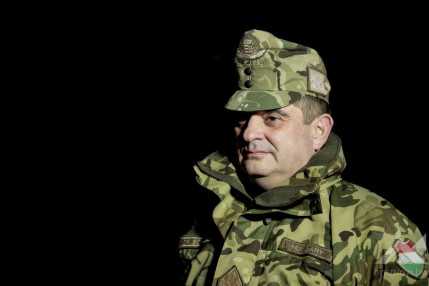
“It is hard to cope with the aircraft tragedy even after all this time. I served as a colonel at the time of the tragedy of Hejce and I can clearly remember that at first, I did not believe it. I did not want to believe that such a thing could happen. My next thought was how many people could have survived, and it was shocking to learn that more than forty soldiers lost their lives. It was only a slight relief that one soldier, Martin Farkaŝ survived, who is present today at the commemoration” – said General Dr. Böröndi after the ceremony, who also added that he often thinks that the Slovakian soldiers were so close to the airbase of Košice that they could see the lights of their home, they were waiting to land any time when the accident happened.
The Chief of HDF General Staff said that the leaders of the Slovakian and Hungarian armed forces consider it especially important to commemorate the victims of the accident at the ceremony of 19 January. “I believe that only those die who are forgotten. These soldiers served together with us in the KFOR and the Slovakians are still serving with us worldwide. The friendship between the two armed forces that developed through the past decades is important to us” – underlined the General.



